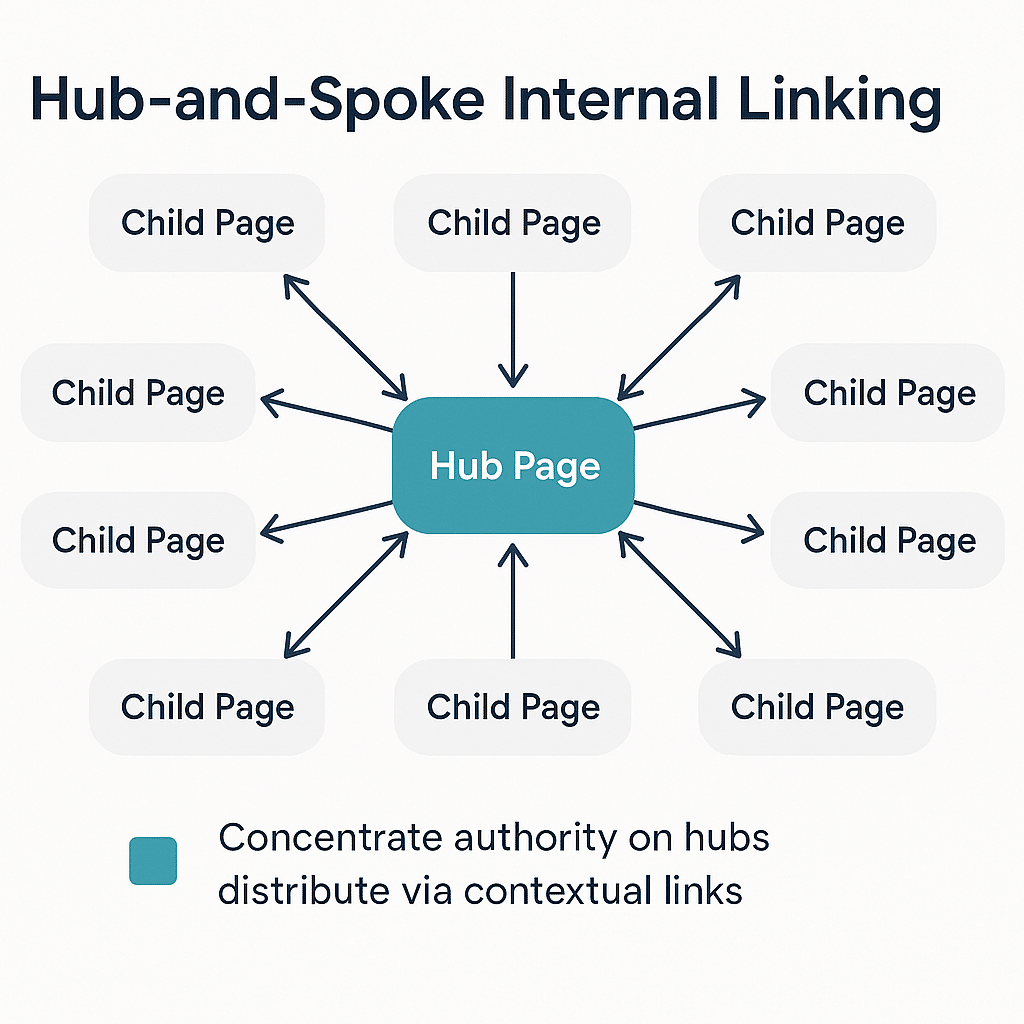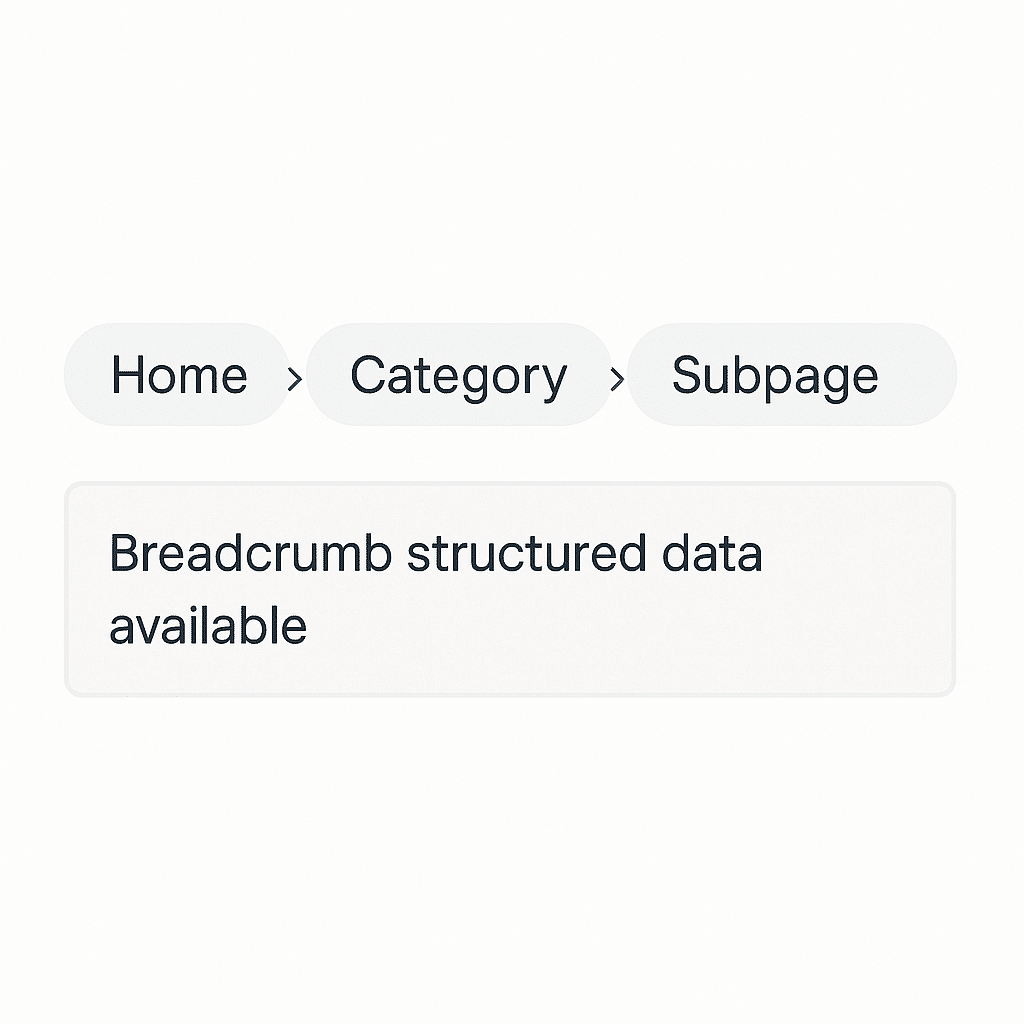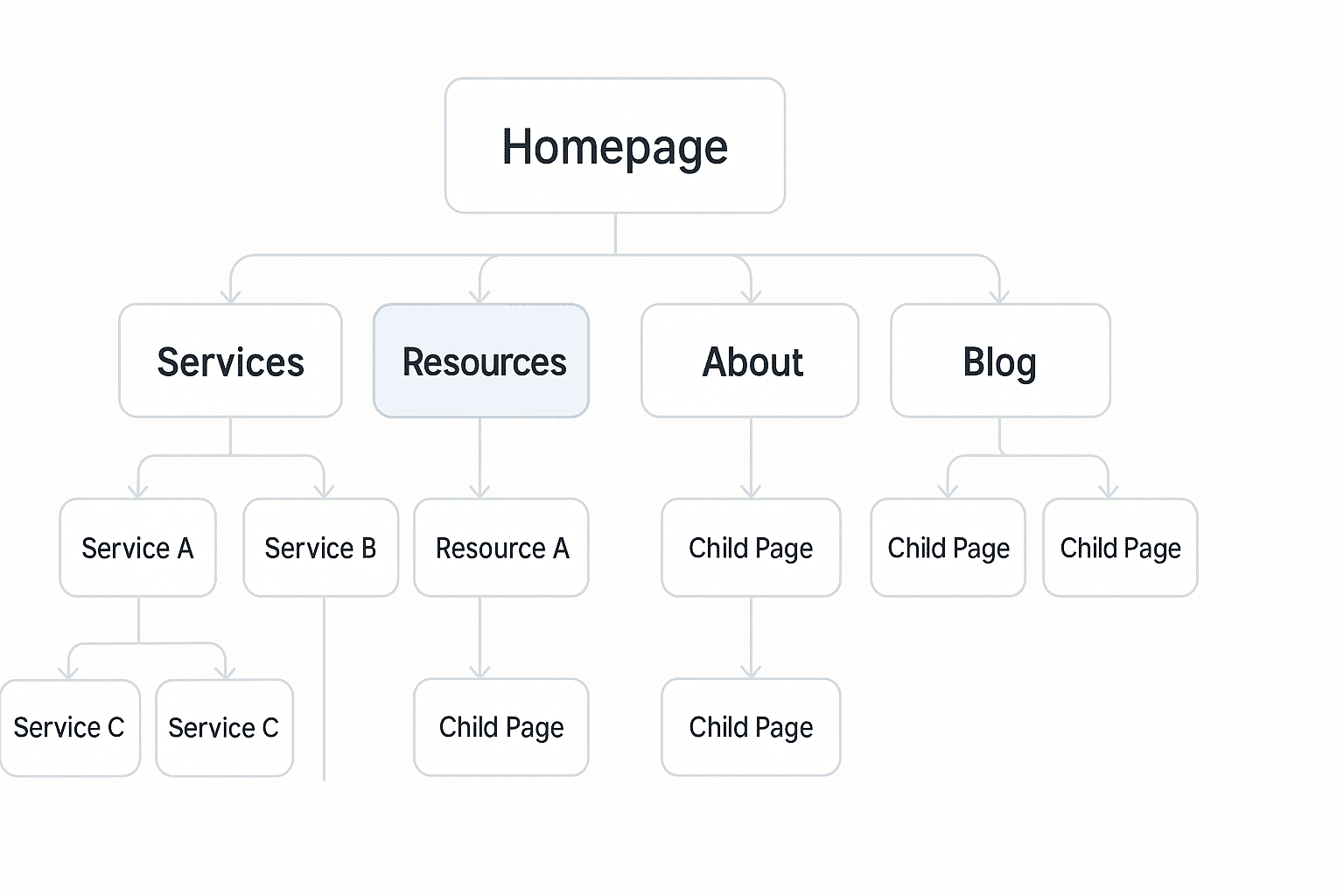Introduction
Stop wasting crawl budget and user patience. When your site structure is a maze, search engines take ages to discover your money pages and prospects bounce. A focused internal linking strategy paired with clean architecture delivers faster discovery, stronger topical authority and better engagement. This framework shows you how to organise your content so both people and Google move smoothly. Do this right and watch rankings climb, visitors stay longer and leads roll in.
Flat vs. Deep Site Structures
Flat structures keep everything within a few clicks. Important pages should be three clicks or fewer from the home page. This shallow approach helps crawlers index content quickly and distributes authority evenly. Users also find what they need fast. A well‑structured site promotes easy navigation and helps crawlers find and index your pages. Google’s site structure best practices confirm that fewer levels improve crawl efficiency.
Deep architectures suit large catalogues but often bury key pages, leading to fewer internal links and lower rankings. Too much depth also increases click fatigue. A pyramid model – homepage at the top, hub pages beneath and clusters of child pages – balances clarity and scalability.
Creating Logical URL Hierarchies
Your URLs should mirror your structure. Google urges site owners to use readable words and avoid cryptic IDs in their SEO starter guidance. Use hyphens to separate words and keep paths short. Choose words that match your audience’s language so they recognise where they are. For example, services/seo/ leading to services/seo/local/ makes sense. Hub pages summarise a topic and link to focused child pages, which link back and laterally when relevant. Avoid complex parameters and pagination; overly complex URLs waste crawl budget and can create duplicates.

Use hubs to concentrate authority, then distribute it with smart internal links.
Using Breadcrumbs for Navigation and Context
Breadcrumbs show where a page sits in your site. Google notes that a breadcrumb trail helps users understand their position and move up level by level. In templates, place breadcrumbs near the top with labels like Home › Category › Page. They reduce pogo‑sticking and make large sites less frustrating. Add structured data so search engines can display breadcrumbs in results; the breadcrumbs structured data documentation shows how to mark them up. Keep labels human‑friendly and reflect your URL hierarchy. In Australia, the DTA information architecture tips offer a local perspective on clear labelling.

Effective Internal Linking Techniques
Internal links move authority, context and users through your site. Google’s guidance says that descriptive anchor text helps people and Google understand your pages and that every important page should have an inbound link. Follow these tactics:
- Hub‑and‑spoke linking: Create a hub page for a broad topic and link to related child pages. Each child links back to the hub and to siblings when relevant. This model concentrates authority on hubs and spreads it to supporting pages.
- Contextual links: Place links in your body copy where readers need more detail. Use descriptive anchor text – avoid generic phrases like “click here”. Google’s internal links and crawlability advice stresses that meaningful anchors improve crawl efficiency.
- Related links modules: At the end of articles, add a small “Related resources” block linking to a few complementary pages. Too many links dilute value, so curate a handful of highly relevant items.
- Update cadence: When publishing, add inbound links from at least two existing pages. Quarterly, refresh links and fix orphan pages. Keep a simple spreadsheet or use automation to track link placements.
- Anchor variety: Mix exact phrases, partial matches and synonyms so anchor text feels natural and avoids cannibalisation.
- Measure impact: Use the Search Console Links report to spot pages with few internal links. Add three to five links to those pages and monitor ranking changes. Aim for two to five relevant inbound links per key page. Watch how crawl stats and impressions change over time.
Internal linking is not a one‑off task. Make it part of your publishing process to build relevance and guide users toward your conversion pages. Regular audits help you eliminate orphan pages and ensure priority pages get sufficient inbound links.
Conclusion / Next Steps
Great architecture isn’t theory – it’s revenue. When you organise pages logically, use clear URLs, add breadcrumbs and build a deliberate internal linking strategy, you make it easy for Google and humans to trust your content. That means better visibility, more engagement and more leads. Tracking will show improvements in click‑through rates, time on site and conversions. Remember to monitor click‑through rates, time on page and conversions, and compare metrics before and after changes.
15‑minute next action
- Map one hub: Pick a priority topic and sketch a hub‑and‑spoke diagram.
- Add 3–5 contextual links: Edit existing articles to link back to the hub and child pages.
- Add breadcrumb markup: Implement a breadcrumb trail with structured data in one template.
- Check the Links report: Open Search Console and find pages with few internal links.
Use analytics to see which hub pages attract the most traffic and where visitors drop off. Compare performance before and after changes. Act on these insights to refine your architecture and prioritise high‑value paths.
Fifteen minutes today sets the foundation for long‑term performance. For expert help, explore our Web Development services, and for proof, check our Case Studies.

